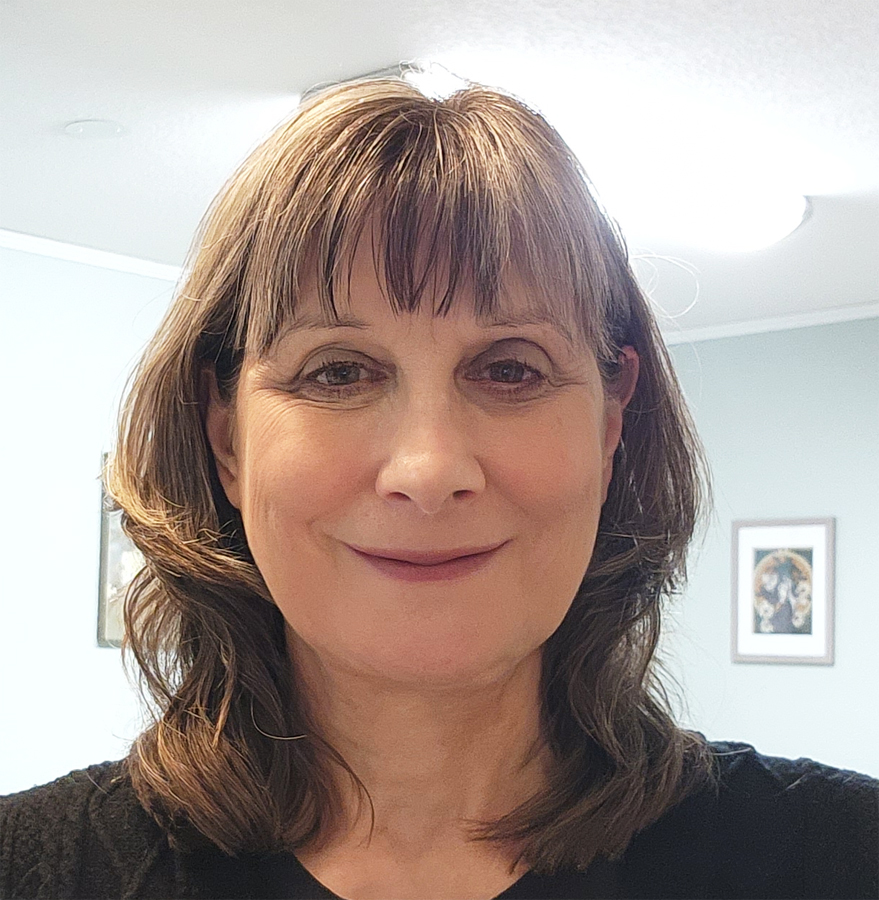 On April 10th and April 11th, 2024, Amanda Lollar, Founder and President of Bat World Sanctuary, was invited to speak on two separate topics at the first ever USDA Bat Welfare Symposium: Bats 101 and Bat Welfare and Population Management. Please note: USDA has redacted some portions of our presentations for viewing on their site. In particular, sections exposing the names of roadside zoos and unscrupulous pet trade dealers. The unredacted versions of our presentations are available below.
On April 10th and April 11th, 2024, Amanda Lollar, Founder and President of Bat World Sanctuary, was invited to speak on two separate topics at the first ever USDA Bat Welfare Symposium: Bats 101 and Bat Welfare and Population Management. Please note: USDA has redacted some portions of our presentations for viewing on their site. In particular, sections exposing the names of roadside zoos and unscrupulous pet trade dealers. The unredacted versions of our presentations are available below.
Bats 101
To provide the best welfare for bats in human care, a fundamental understanding of bats is essential. There are over 1,400 species of bats worldwide, with varying habitats, diets, and husbandry needs. Habitats range from forests to caves to bat houses and almost everything in between. Bats are the only mammal capable of true flight, are anatomically different from most other species, and require careful handling considerations. The most commonly held species in zoos are non-native fruit bats; whereas native insectivorous bats are primarily found in rehabilitation centers. The care of fruit bats is vastly different from insect-eating species to ensure their health and welfare.
Bat Welfare and Population Management
Population management of bats in permanent care settings is paramount to their health and welfare. Challenges in population management include: rapid reproduction, short gestation times, delayed fertilization, and in some cases, lack of facilities to house bats long term. Excess bats may lead to overcrowding, or they may find their way into the cruel exotic pet trade, resulting in substandard housing, nutrition, and medical care. Permanent and temporary contraceptive methods, including: separating the sexes and neutering male bats are recommended to control bat numbers. This, in combination with proper planning, coordination, and collaboration amongst bat facilities is needed to manage populations in human care to ensure bat welfare.
Note: This presentation includes some distressing content, including text describing inhumane euthanasia methods. It also contains video of an actual veterinary surgical procedure to neuter an Egyptian fruit bat, which some may find graphic.
Amanda is an author of both scientific and popular literature about bats, including her most recent work, The Rehabilitation and Captive Care of Insectivorous Bats. Amanda is a licensed bat care specialist in the State of Texas, permitted to work with threatened and endangered species. In 1988, she found an injured bat on a hot Texas sidewalk. She nursed the bat back to health, and in the process, this small helpless creature taught Amanda the enchanting language of bats, sparking her indelible love for this remarkable species. In 1994, Amanda liquidated her furniture business to found Bat World Sanctuary, the only accredited bat sanctuary on earth. She credits her military upbringing with giving her the discipline it took to keep the organization going despite tremendous odds. Since founding the organization in 1994, Amanda has volunteered her time to Bat World Sanctuary 7 days a week, 365 days per year, at times working 12 to 18 hours per day. In 1995, Amanda discovered the song of the Brazilian free-tailed bat and later discovered that these bats have over 25 different vocalizations they use to communicate. In August of 2016, Amanda received The Carole Noon Award for Sanctuary Excellence and has twice been nominated for the Indianapolis Prize, the world’s leading prize for conservation.


